Modern and Eco-Friendly Plumbing Repair Guide
Could your home’s plumbing shape the future of our environment? The seemingly innocuous water lines crisscross our properties, hidden beneath layers of concrete and soil. Yet, they hold considerable sway over our environmental well-being.
This guide will unravel water line installation and repair‘s role in our ecological fabric. We delve into sustainable practices that every homeowner, DIY enthusiast, and plumbing expert should consider. Our actions, as small as they seem, can cumulatively make a difference in the global fight against environmental degradation. Embark on this journey with us towards a greener and more sustainable future, starting right at home with our plumbing systems.
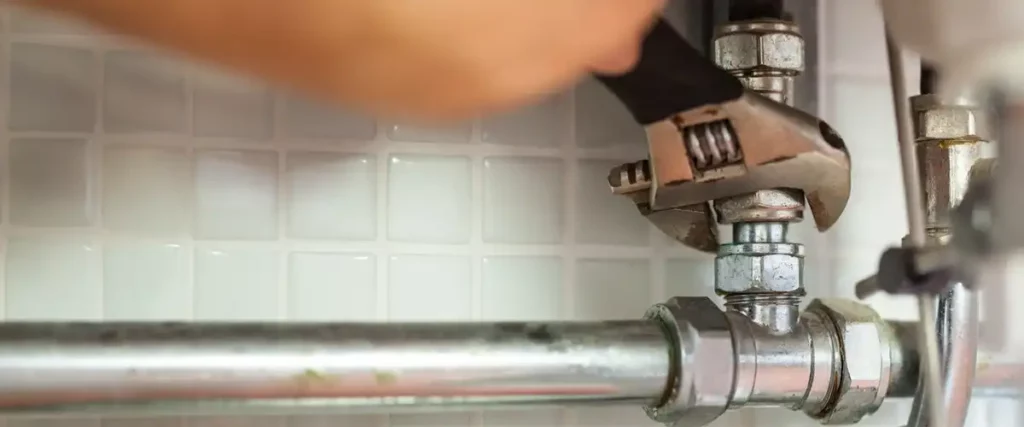
Water Line Installation and Repair Processes
Contractors commence water line installations by excavating and creating trenches for laying the pipes. In the same way, the tubes are laid and connected to the main water supply, ensuring water reaches the desired endpoints. Various materials and purposes dictate pipe designs, guaranteeing maximum efficiency in water line installations. Furthermore, with time, pipes can suffer natural wear and tear, leading to the need for essential repairs.
Moreover, plumbing repair experts in Bessemer, AL, frequently handle tasks like fixing leaks, replacing damaged pipes, or upgrading water distribution systems. These repairs are essential to maintaining proper water supply and preventing damage to your property from uncontrolled water leaks. As a DIY enthusiast, understanding these processes and the potential environmental impacts is crucial in addressing issues safely and responsibly.

Water Conservation and Efficiency Measures
Conservation and efficiency are crucial in promoting sustainability during water line installation and repair. Making better choices in water use not only benefits the environment but also reduces utility bills. One can save water significantly by incorporating strategies such as using efficient fixtures and appliances, detecting and fixing leaks promptly, and insulating pipes properly. Choosing plants adapted to the local environment or with low water needs can contribute to a greener and more sustainable outdoor space.
Another vital aspect is implementing water-friendly landscaping practices around water lines and installations. Methods such as:
- Mulching
- Panting native vegetation and
- Drip irrigation can conserve water
Selecting plants adapted to the local environment or those with low water needs can actively contribute to creating a greener and more sustainable outdoor space.
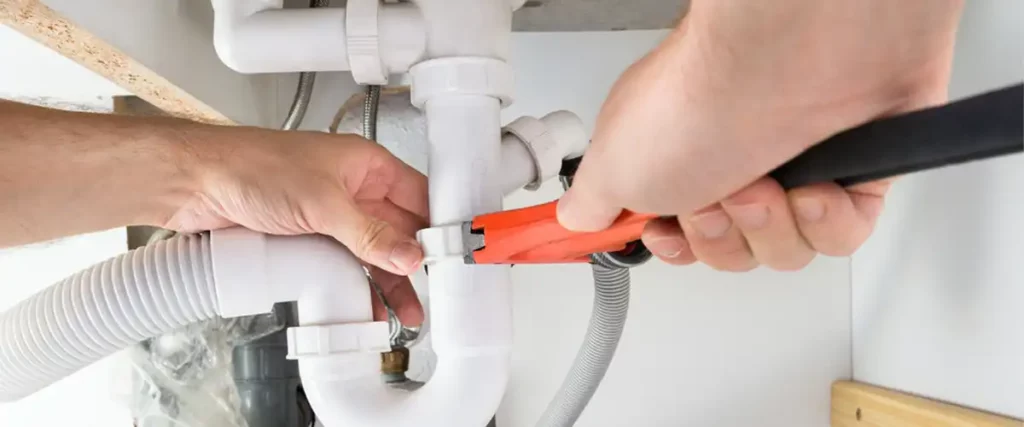
Mitigating Environmental Impacts
Using eco-friendly materials and practices has gained importance in the water line installation and repair industry. Additionally, as sustainability becomes an essential concern globally, responsible methods help minimize the environmental impact without sacrificing the quality of work undertaken. These practices also include using:
- Recycled materials
- Environmentally-friendly pipe insulation and
- Adopting trenchless pipe installation technology.
Trenchless pipe installation, an innovation that has revolutionized the industry, enables minimal ecosystem disruption. The absence of digging large trenches makes trenchless pipe installation a more eco-friendly approach than traditional excavation-based methods. Moreover, focusing on proper waste disposal, pollution prevention measures, recycling materials, and preventing debris from contaminating water sources are all crucial steps toward ensuring environmental sustainability during the installation and repair.

Potential Environmental Risks and Remediation
Water line installation and repair
This can result in numerous environmental risks. Some primary concerns are soil erosion, water contamination, and habitat disruption. These environmental hazards can lead to long-term damage unless adequately controlled and managed. Employing remediation techniques like erosion control measures and sediment management is essential to address these environmental impacts. Mitigating these environmental issues while installing and repairing the installation ensures a better ecological balance in the long run.
Post-installation monitoring and maintenance
Another critical aspect of sustainable plumbing services is post-installation monitoring and maintenance. Regular monitoring and maintenance practices enable early identification of potential issues, ensuring minimal environmental damage. Additionally, these practices ensure water lines and plumbing infrastructure remain in optimal condition, minimizing water waste and preventing further ecological harm.
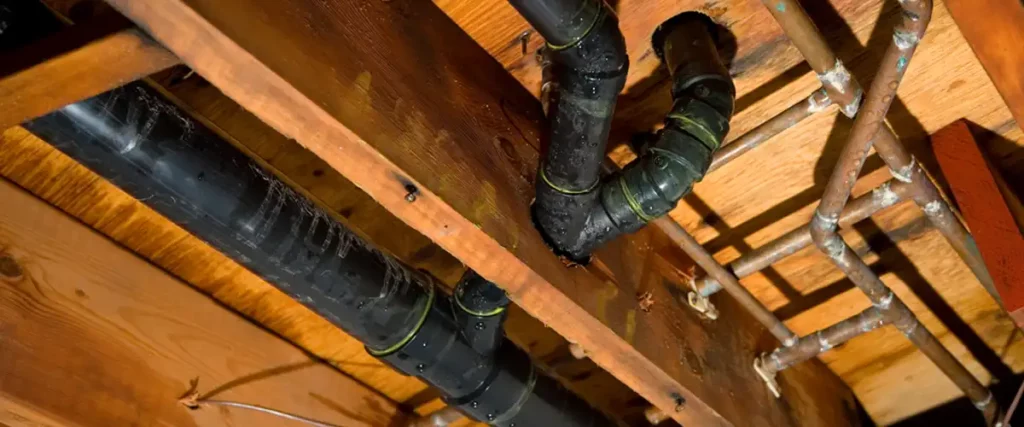
Regulatory Framework and Best Practices
Regulations and standards relating to water line installation and repair exist to ensure environmental protection and the safe delivery of drinking water. Plumbing repair experts and DIY enthusiasts must abide by these regulations to ensure the environment remains free from harm. Additionally, adhering to best practices recommended by environmental agencies and industry associations can lead to an even lower ecological footprint.
Collaboration between stakeholders, such as water service providers, contractors, and environmental organizations, is essential for aligning conservation efforts and promoting sustainable practices. By developing and enforcing regulations that incorporate environmental concerns, these stakeholders can reduce the adverse ecological effects associated with water line installation and repair.
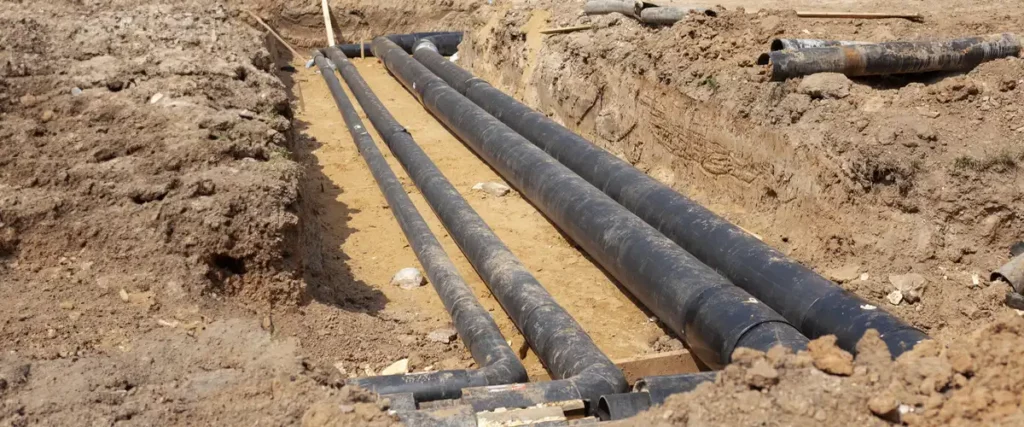
Public Awareness and Education
Raising public awareness and educating the masses about the environmental impact of water line installation and repair is vital to promoting sustainable practices. This awareness empowers individuals to exercise responsible water management and make informed decisions regarding water conservation. Community engagement can play an instrumental role in encouraging water preservation and educating homeowners and businesses about the sustainable management of water resources.
Various initiatives and programs exist to provide information and resources that support environmentally responsible water management. By accessing and utilizing these resources, communities can better understand water conservation measures and their far-reaching benefits. This understanding can lead to adopting sustainable practices that focus on preventing environmental harm while ensuring the optimal use of water resources.
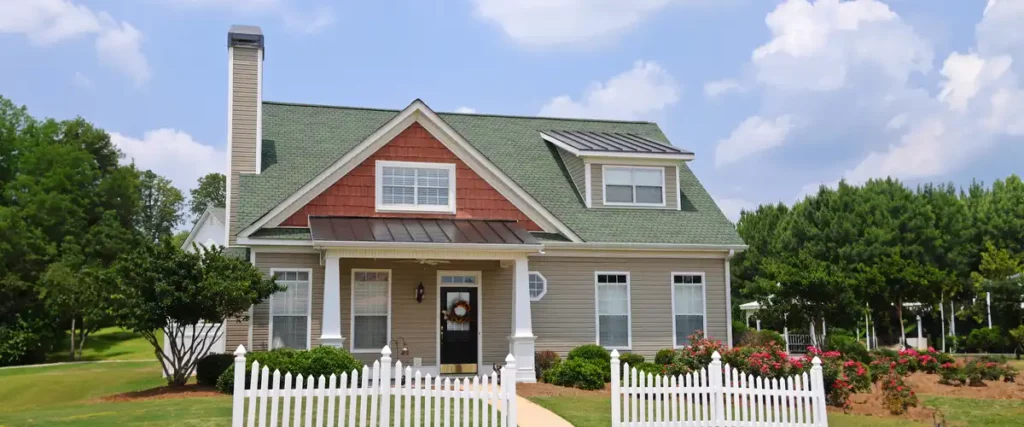
Act now: Change in Your Hands!
We must recognize that simplicity isn’t always synonymous with insignificance—water line installation and repair, although commonly unnoticed in the grand scheme of environmental impact, can be a connecting piece in the complex sustainability puzzle. Through conscious choices and informed practices, we can make these everyday undertakings become the agents of change.
So now, we turn to you. Are you willing to go the extra mile for the environment, reassess your water line installations and repairs from a green perspective, and make a difference with each drip saved? After all, when it comes to preserving our planet, every act, no matter how minute, echoes across generations. Make your choice count, will you?
References:
- Start Saving | US EPA. (2023, September 15). Retrieved from https://www.epa.gov/watersense/start-saving
- Stormwater Discharges from Construction Activities | US EPA. (2023, February 27). Retrieved from https://www.epa.gov/npdes/stormwater-discharges-construction-activities
- Drinking Water Regulations | US EPA. (2023, September 7). Retrieved from https://www.epa.gov/dwreginfo/drinking-water-regulations
- Resource topics | American Water Works Association. (n.d.). Retrieved from https://www.awwa.org/Resources-Tools/Resource-Topics/Drink-Tap/Water-Conservation-Communications







